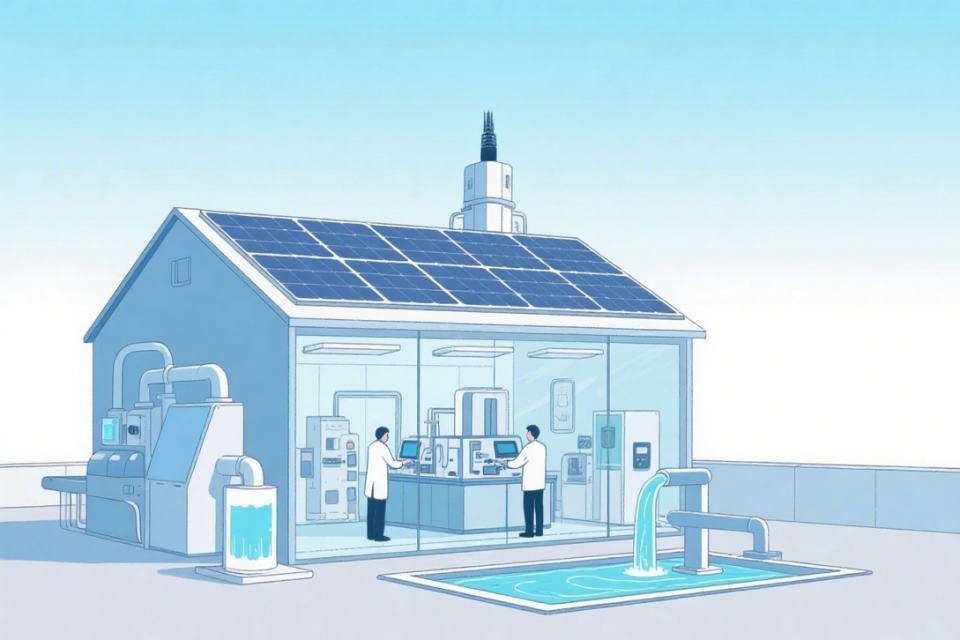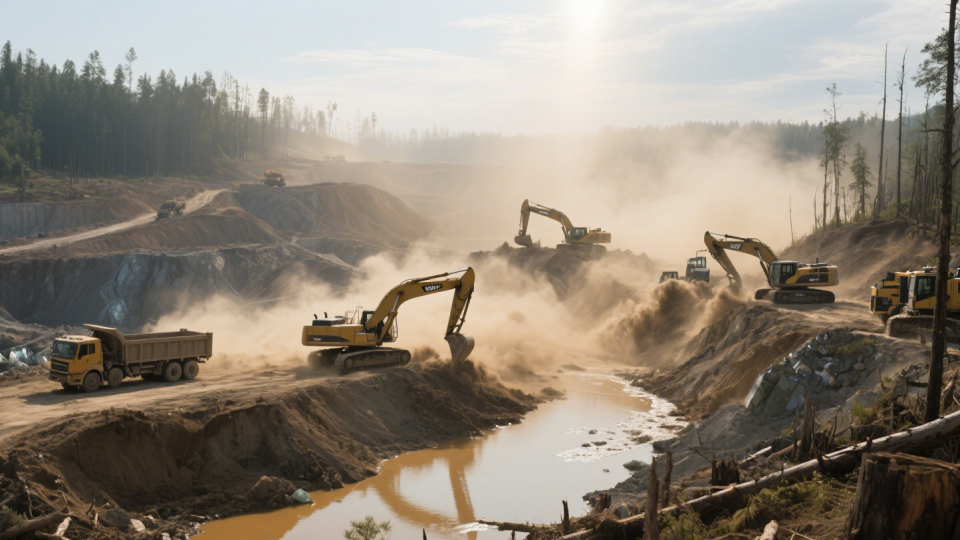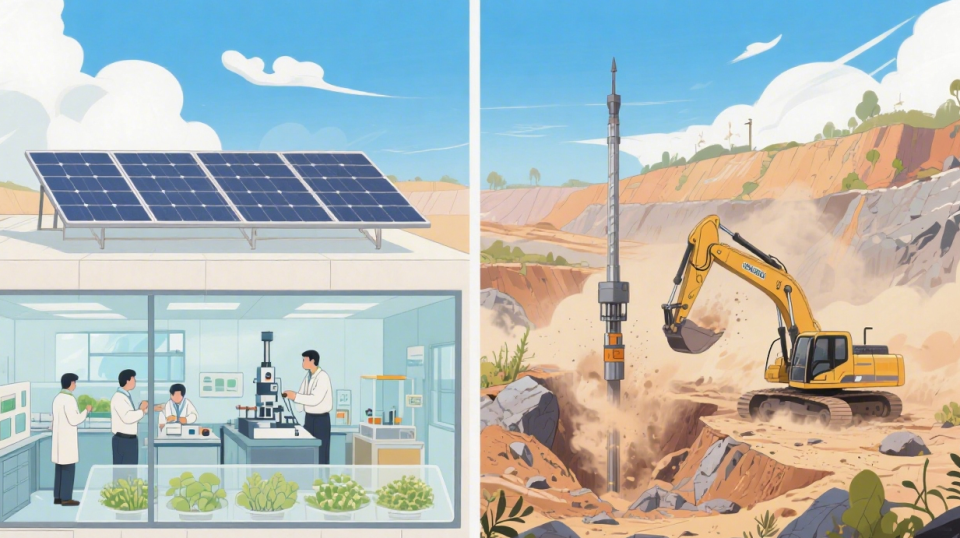When it comes to choosing the perfect diamond, there’s more to consider than just sparkle and size. Sustainability and environmental impact have become top priorities for modern consumers. As the debate continues between lab-grown diamonds and natural diamonds, one critical question remains: Which option is truly more sustainable?
In this article, we’ll explore the environmental footprint of both diamond types, covering mining practices, energy usage, carbon emissions, land degradation, and more. Whether you’re an eco-conscious shopper or simply curious about where your jewelry comes from, this guide will help you make an informed and responsible choice.
What Are Lab-Grown Diamonds?
Lab-grown diamonds, also known as man-made or synthetic diamonds, are created in controlled laboratory environments using one of two methods: High Pressure High Temperature (HPHT) or Chemical Vapor Deposition (CVD). The result? A diamond that is chemically and physically identical to a natural one.
Unlike cubic zirconia or moissanite, lab diamonds are 100% real diamonds—just made without the environmental disruption of traditional mining.
👉 Read more: What Are Lab-Grown Diamonds? Everything You Need to Know Before You Buy
What Are Natural Diamonds?
Natural diamonds are formed deep within the Earth’s mantle under high pressure and temperature over billions of years. They are brought to the surface through volcanic eruptions and then extracted via mining—either open-pit mining, underground mining, or alluvial mining.
This process, while fascinating geologically, is often criticized for its heavy toll on the planet and local communities.

Energy Consumption: A Carbon-Intensive Industry
🌍 Natural Diamonds
Mining natural diamonds consumes a massive amount of energy, including diesel-powered machinery, drilling equipment, and water pumping systems. According to some reports, mining one carat of diamond requires:
- Over 250 tons of earth movement
- About 127 gallons of water
- And results in over 140 pounds of carbon dioxide emissions
Additionally, fossil fuels dominate the energy sources used in many diamond mines, increasing their carbon footprint significantly.
⚡ Lab-Grown Diamonds
Lab-grown diamonds also require substantial energy—especially electricity—to simulate the high-pressure conditions. However, many lab diamond producers now use renewable energy sources, such as solar or hydropower, to offset emissions.
A 2022 report by Trucost, commissioned by the Diamond Foundry, claimed that their lab-grown diamonds generate just 5.5 pounds of CO₂ per carat, compared to over 140 pounds for mined diamonds.
Land Disruption and Ecosystem Damage
🏞️ Natural Diamond Mining
Mining significantly disrupts ecosystems. Open-pit mines—sometimes as large as a city—can cause:
- Soil erosion
- Deforestation
- Waterway contamination
- Wildlife habitat destruction
Additionally, these mining areas often become barren wastelands after resource depletion, with little effort made for ecological rehabilitation.
🧪 Lab-Grown Diamonds
Lab diamonds are grown in compact, indoor facilities with zero impact on natural landscapes. There is no need to displace communities, reroute rivers, or destroy habitats. This makes lab-grown options far more land-efficient and eco-friendly.
Water Usage
Natural diamond mining is extremely water-intensive. Mines in arid regions like Africa often divert local water supplies, causing conflicts with nearby communities and harming agriculture.
In contrast, lab-grown diamonds use 80–95% less water per carat. Some producers even recycle their water, making the process even more sustainable.
Human Rights and Ethical Concerns
While not strictly environmental, ethical concerns are closely tied to sustainability.
- Many natural diamonds are still linked to conflict zones, child labor, and unsafe working conditions.
- Lab-grown diamonds are typically produced in controlled environments with safer labor practices and transparent supply chains.

Certifications and Transparency
The diamond industry is increasingly embracing transparency. When evaluating sustainability, look for:
- CarbonNeutral® certification
- SCS Global Services standards
- Transparency in energy sources used by the producer
Consumers should also ask jewelers about the origin and environmental policies behind their diamonds—whether mined or lab-grown.
Summary: Which Is More Sustainable?
| Criteria | Natural Diamonds | Lab-Grown Diamonds |
|---|---|---|
| Land Impact | High | Minimal |
| Carbon Emissions | Very High | Low (if renewable energy used) |
| Water Usage | Excessive | 80–95% Less |
| Energy Source | Fossil fuels | Potentially renewable |
| Human Rights Risk | High in conflict regions | Low |
| Transparency | Improving | Often higher |
In nearly every category, lab-grown diamonds come out ahead in terms of environmental impact and sustainability. However, consumers must still do their homework to ensure they buy from reputable, eco-conscious brands.
Final Thoughts
Choosing a diamond is a deeply personal decision—but it can also be a responsible one. By considering the environmental footprint of your gemstone, you’re not just investing in beauty—you’re voting for the planet.
Whether you’re shopping for an engagement ring, a wedding set, or a timeless heirloom, remember that sustainability can shine just as brightly as any diamond.
🛒 Explore Our Collection of Sustainable Lab-Grown Diamond Rings

